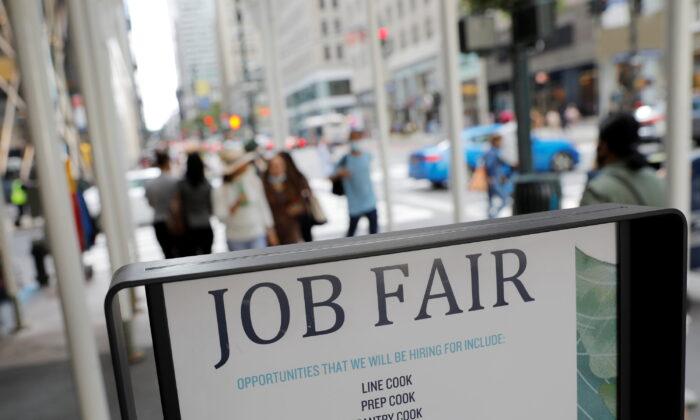Jobs cuts about quadrupled during the first quarter, registering the highest first-quarter cuts since 2020, according to data from a recent report, with worries about the economy and market being the number-one reason for the layoffs.
The number-one reason cited by companies for the job cuts was market or economic conditions, which contributed to 167,575 out of the 270,416 job cuts in the first quarter. Cost-cutting came in second, accounting for 24,825 cuts. Other major reasons included closing down the business, financial losses, demand downturn, and restructuring.
“We know companies are approaching 2023 with caution, though the economy is still creating jobs. With rate hikes continuing and companies reigning in costs, the large-scale layoffs we are seeing will likely continue,” said Andrew Challenger, senior vice president of Challenger, Gray & Christmas, Inc.
“The technology sector is leading all industries, and this talent is in demand across industries. In fact, 38 percent of all cuts are in the tech sector,” he added.
Based on the recently released ADP Employment Report, the number of new jobs added in March has decreased from the prior month. Private-sector employment increased by 145,000 jobs in March, compared to February’s 261,000 jobs.
Similarly, the increase in pay has also begun to decrease.
Sector-Wise Layoffs
The tech sector announced 102,391 job cuts in first quarter 2023, up from just 267 job cuts in first quarter 2022. At present, the only other years when the tech sector announced more job cuts than the current year were 2001 and 2022. The industry is believed to be on course to exceed the 2001 record of the highest annual job cuts for the sector, when 168,395 people were laid off.Over the past few months, major tech companies such as Alphabet (Google), Microsoft, IBM, and Meta (Facebook) have each announced massive layoffs and chopped off entire divisions.
“First, they fire the contract workers, then the employees. But they realize they still need to do the work. So, they hire new contract workers to save the 30 percent overhead—benefits for full-time employees—and show better numbers—to look profitable for auditors, especially if the company is set to go public,” she said.
The financial sector accounted for the second-highest job cuts, terminating 30,635 jobs in the first quarter.
Region-Wise Job Cuts
Region-wise, the biggest cuts in the first quarter were in the East, which saw 20,418 layoffs, followed by the West with 14,236 cuts, the South with 11,648 cuts, and the Midwest with 9,394 terminations.California ranked as the top state with the most cuts, with companies laying off 106,679 people, followed by New York with 28,824, Washington with 22,382, Michigan with 17,499, and Texas with 15,151 cuts.
Meanwhile, companies only announced plans to hire 70,638 people in the first quarter, the lowest first-quarter number since 2016. Last month, hiring fell to its lowest March level since 2015.
The most hiring announcements in the first quarter came from the entertainment/leisure industry, where 17,317 hirings were announced. However, this was down 53 percent compared to the first quarter last year. Tech hiring, which came in second, dropped by 68 percent during this period.





